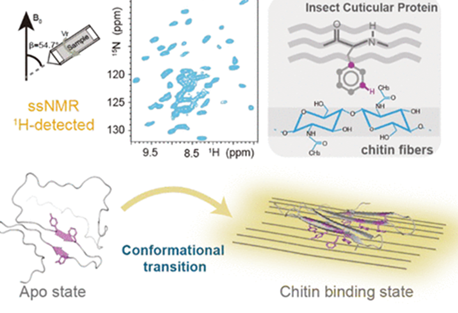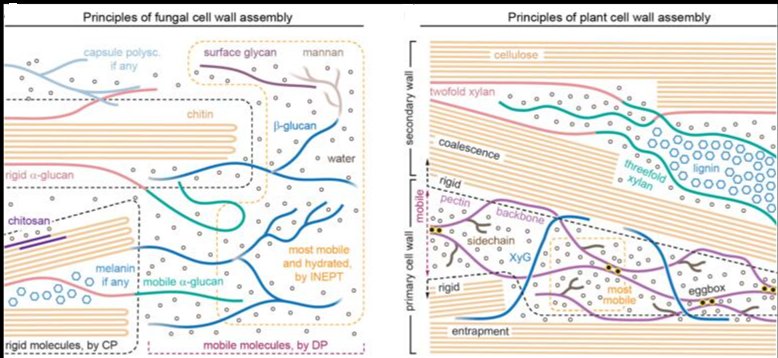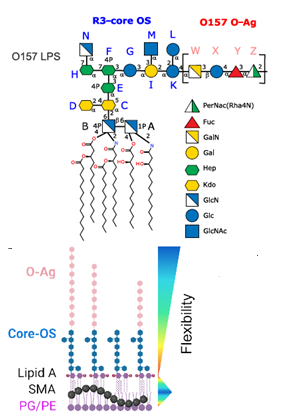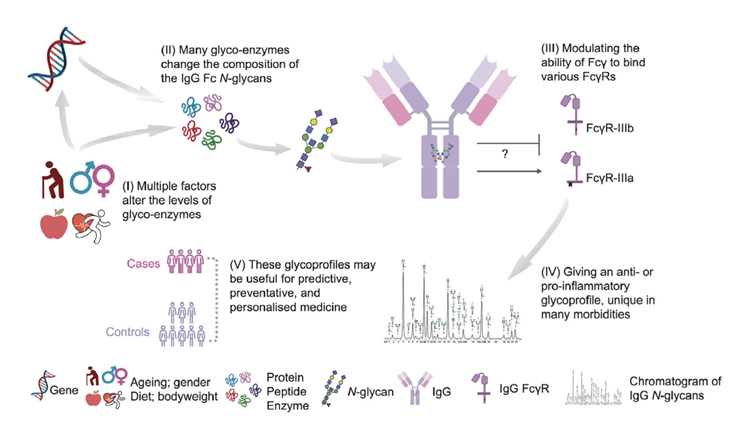Cellulose is a polysaccharide that displays chirality across different scales, from the molecular to the supramolecular level. This feature has been exploited to generate chiral materials. The mechanism of chirality transfer from the molecular level to higher-order assemblies has remained elusive, partially due to the heterogeneity of cellulose samples obtained via top-down approaches. The authors present a bottom-up approach that uses well-defined cellulose oligomers as tools to understand the transfer of chirality: from the single oligomer to supramolecular assemblies beyond the single cellulose crystal. Synthetic cellulose oligomers with defined sequences self-assemble into thin micrometre-sized platelets with controllable thicknesses. These platelets are further assembled into bundles. Such bundles display intrinsic chiral features which directly correlated to the monosaccharide chirality. The alteration of the oligomer termini’s stereochemistry impacts the self-assembled bundles’ chirality and thus allows for the manipulation of the cellulose assemblies at the molecular level. The molecular description of cellulose assemblies and their chirality will improve our ability to control and tune cellulose materials. The bottom-up approach could be expanded to other polysaccharides whose supramolecular chirality is less understood.




